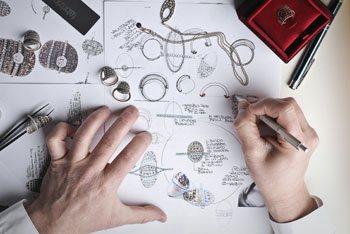In product design, the only way to create an effective result is through rigorous prototyping conducted along the way.
What is prototyping?
Prototyping is a process of experimentation, where design teams craft early models of a proposed product and use them to test the functionality and allow potential users of the product to give feedback.
In addition to creating actual versions of the product, a process called “paper prototyping” can also be useful. This is executed by creating sketches and screenshot samples. It’s the cheapest and fastest form of prototyping and works best at the beginning of the process as a conceptualisation tool.

Prototyping is useful for engineers in the early stages too because it allows engineers to test the basic user functionality of the design. It plays a crucial role in helping to identify any design weaknesses.
Virtual prototyping tools are increasing in popularity, blending the capabilities of CAD engineering with virtual reality. One of the primary perks of this type of prototyping is the improved visual capabilities; they can convey product aesthetics in more detail than a static 3D CAD image can.
Key reasons why prototyping is essential
It saves you time in the long run.
Though spending time prototyping might instinctively seem like something that slows the process down, the time spent is worth it. It will help you find the most efficient way to manufacture your product and cut down on material waste in the production process.
Several issues are possible during the design process, including excessive input, design-rule-check limitations and design blind spots. Prototyping is a great way to iron out any of these flaws.
It’s a way to get feedback from potential users.

With a physical prototype of your product in hand, you can present it to would-be buyers for feedback. Bringing a host of different backgrounds to the table, the insight you receive from these users could be invaluable and may present optimisation ideas that your team of engineers wouldn’t have considered, otherwise.
Sometimes designers rely too heavily on market research conducted before the product has been turned into reality, only to put the product on the market and find it doesn’t captivate audiences. This can be avoided through prototyping, allowing you to test your assumptions and biases against real-world users in the later stages of its design.
And when you’re designing a product for a specific client, allowing them to evaluate prototypes helps them feel more involved in the process.
It helps you gauge the cost of production.
Building a prototype gives you a way to accurately quantify the amount of material needed and the true cost-per-unit of mass that will need to be factored into the wider scale production.
It helps you decide whether the aesthetics need to be tweaked.
With a more tangible idea of what your product will look like, you can assess the colours, texture and the shaping to decide if your product is a marketable standard.
Prototyping is worth the time investment. Catching flaws and ensuring all the product’s components work individually is cost-saving and means you can finish the project with a top-quality, market-ready product.
Did You Know You Already Have A LOT To Sell?
So What's Your Problem?

